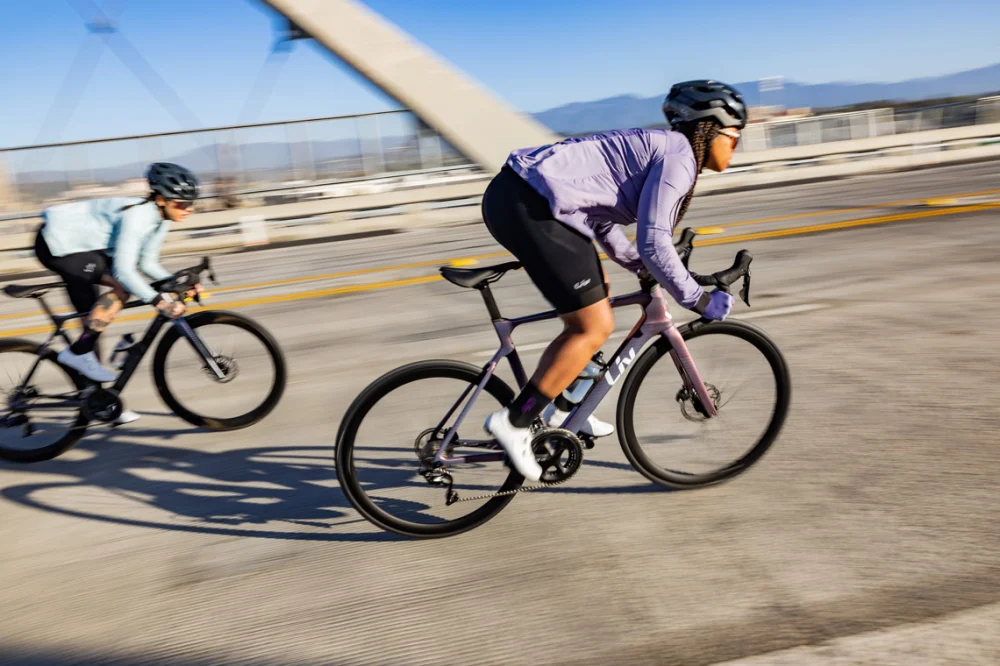
- understanding-what-sponsors-look-for
- building-your-cycling-brand
- creating-a-sponsorship-proposal-that-works
- networking-and-reaching-out-to-brands
- making-yourself-valuable-to-sponsors
1. Understanding What Sponsors Look For
Before diving into how to get sponsored as a cyclist, it's important to understand what sponsors actually want. Contrary to popular belief, it’s not just about winning races. While performance matters, brands care equally about visibility, personal branding, and audience engagement.
Most sponsors are looking for athletes who can represent their brand positively both online and offline. Think about it this way—if you were investing in a rider, would you choose someone who only wins races quietly, or someone who races well *and* tells a compelling story on Instagram?
2. Building Your Cycling Brand
2.1. Define Your Image and Values
Cycling sponsorships are increasingly influenced by personal branding. Are you the gritty climber who never gives up? The joyful weekend warrior inspiring new cyclists? Your identity must come across clearly through your content and racing style.
2.2. Grow Your Digital Presence
Social media is one of the most powerful tools at your disposal. Platforms like Instagram, YouTube, and Strava allow you to connect with fans, showcase your journey, and attract brands. Focus on consistency, authenticity, and interaction. Share not only your results but also your training struggles, nutrition insights, and behind-the-scenes moments.
Some cyclists, like Lael Wilcox, gained attention not just by results but by sharing raw, inspiring stories that made sponsors want to be part of her journey.
2.3. Showcase Your Audience
Your audience doesn't have to be huge—just engaged. A micro-influencer with a strong niche following can be more valuable than someone with thousands of passive followers. Highlight this when approaching sponsors.
3. Creating a Sponsorship Proposal That Works
3.1. Highlight Mutual Benefits
Don’t make the proposal all about you. Yes, include your cycling resume, achievements, and race calendar—but also focus on how you’ll promote the sponsor’s brand. Will you use their gear in races? Mention them in training videos? Provide product feedback?
3.2. Keep It Professional
Even if you're just starting, your proposal should be polished and well-designed. Include photos, social stats, and short testimonials if possible. Keep it concise—one to two pages is ideal. You can find helpful templates and strategy guides on Cycling Guider to shape your pitch.
3.3. Be Realistic About What You Ask
For amateur or semi-pro cyclists, initial sponsorships might be product-based (free equipment or apparel), with monetary support coming later. Be honest about what you need, and always be open to a stepped approach.
4. Networking and Reaching Out to Brands
4.1. Start Local
Local bike shops, regional cycling clubs, and community events are excellent places to build early partnerships. Offer to represent them in local races or events in exchange for gear, visibility, or training resources.
4.2. Connect at Events
Races, expos, and cycling trade shows offer direct access to brand reps. A friendly, in-person connection can often do more than a cold email. Don’t be afraid to introduce yourself and follow up afterward with your proposal.
4.3. Use Existing Contacts
If you're part of a club or team, talk to senior members or coaches—they often have connections and can offer introductions or advice. Building your network is just as important as building your FTP.
5. Making Yourself Valuable to Sponsors
5.1. Provide Content and Feedback
Sponsorship is not a one-way street. Share feedback on products, post tagged content regularly, and suggest ideas for collaborations. Brands love athletes who go above and beyond, not just those who wear a logo on race day.
5.2. Stay Consistent and Professional
Professionalism matters—even in grassroots cycling. Be on time, stay positive on social platforms, and always represent your sponsors respectfully. Treat it like a job, because it is one in many ways.
5.3. Keep Track of Metrics
Track your progress and report back to sponsors. A quick monthly update email with your race results, photos, and social media stats goes a long way. It shows you value the partnership and are actively working to support it.
If you're unsure where to begin, Cycling Guider offers tools, examples, and sponsorship directories to help you take the first steps toward professional partnerships.

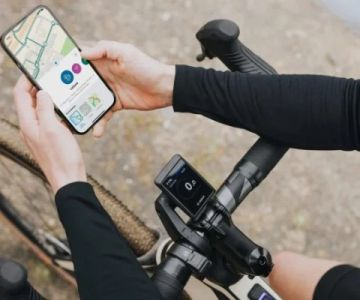



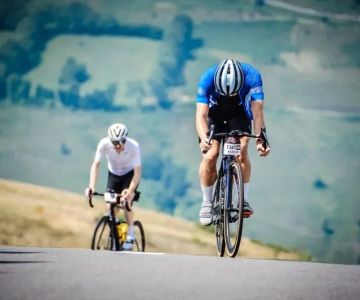
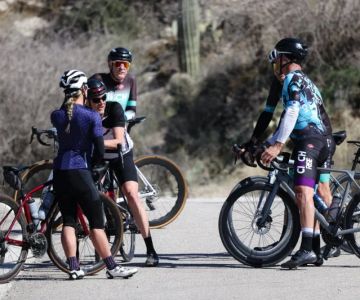
 Billet BMX5.0 (2 reviews)
Billet BMX5.0 (2 reviews)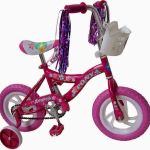 Far East Children Bicycle Factory1.0 (1 reviews)
Far East Children Bicycle Factory1.0 (1 reviews) Archer Motorsports, Inc.4.0 (8 reviews)
Archer Motorsports, Inc.4.0 (8 reviews) YEP Bike Works4.0 (55 reviews)
YEP Bike Works4.0 (55 reviews) Gorham Bike & Ski4.0 (498 reviews)
Gorham Bike & Ski4.0 (498 reviews) Alchemy Bikes4.0 (37 reviews)
Alchemy Bikes4.0 (37 reviews) How to Teach Kids to Ride a Bike: A Step-by-Step Guide for Parents
How to Teach Kids to Ride a Bike: A Step-by-Step Guide for Parents Tips for Riding on Busy City Streets: Smart Strategies for Urban Cyclists
Tips for Riding on Busy City Streets: Smart Strategies for Urban Cyclists Best US National Parks for Mountain Biking: Ride Epic Trails Across America
Best US National Parks for Mountain Biking: Ride Epic Trails Across America Best Aero Helmets for Time Trials and Racing
Best Aero Helmets for Time Trials and Racing How to Clean and Lubricate Your Bike Chain Like a Pro
How to Clean and Lubricate Your Bike Chain Like a Pro 10 Must-Have Items for Long-Distance Cycling Trips
10 Must-Have Items for Long-Distance Cycling Trips